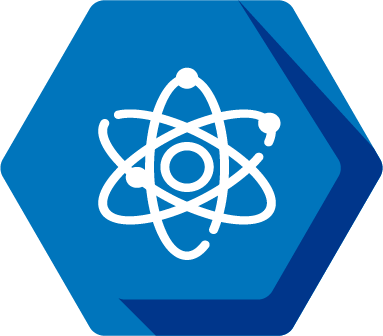Joel Huang

Pronouns: he/him/his
Research Mentor(s): James Penner-Hahn, Professor
Research Mentor School/College/Department: Chemistry and Biophysics, College of Literature, Science, and the Arts
Presentation Date: Thursday, April 22, 2021
Session: Session 1 (10am-10:50am)
Breakout Room: Room 15
Presenter: 2
Abstract
The development of high-energy ultrafast Free-electron X-ray Lasers (XFEL) has enabled the characterization of excited state dynamics at the femtosecond scale. The methodology for processing the data from XFEL experiments is not yet established. Data from the Linear Coherent Light Source (LCLS) at Stanford in the 7.7-7.8 keV range from various Cobalamin samples excited at ~530nm was examined. The study found that the absorption spectrum was most effectively extracted by measuring x-ray fluorescence through an integration of intensity data from an area detector aligned with a normal perpendicular to the x-ray beam. This isotropic fluorescence was then normalized with anisotropic scattering intensity from a separate area detector placed behind the sample and directly in the x-ray laser’s path. Integrating azimuthal angles of between 1.8 and 2.2 (peak scattering for H2O) provided the best results. The data showed a ~1ps drift in UV-vis versus x-ray pulse delay between successive runs, rendering femtosecond scale time-resolution unreliable with the existing data. However, the ground state spectrum, and the excited state spectrums at 0.8, 8.0 and 250 ps were obtained. Interpretations of the spectrums are pending. A separate analysis of data from European XFEL in Hamburg revealed that non-linearity found in JUNGFRAU gain-switching detector counts can be corrected with a gain-dependent linear polynomial.
Authors: James Penner-Hahn, Joel Ze En Huang
Research Method: Library/Archival/Internet Research






